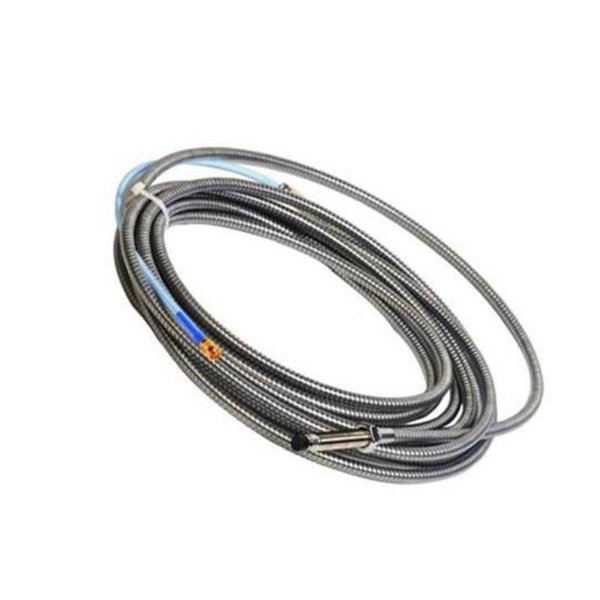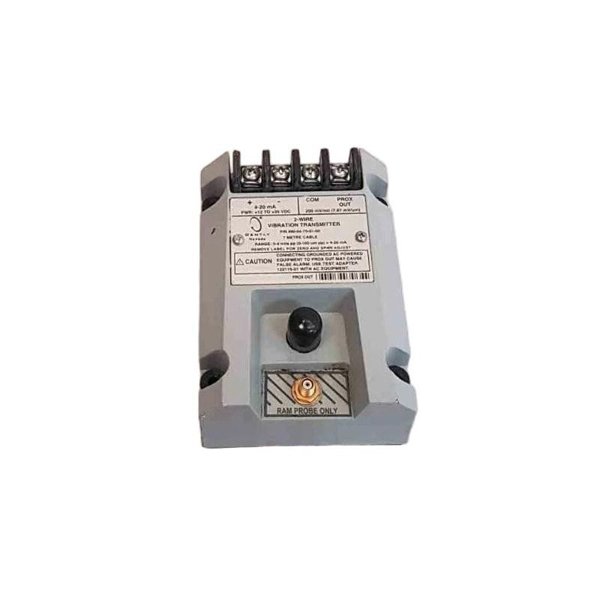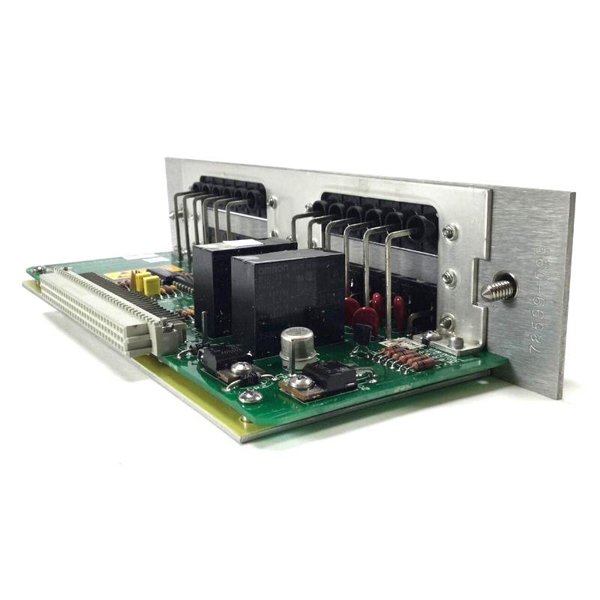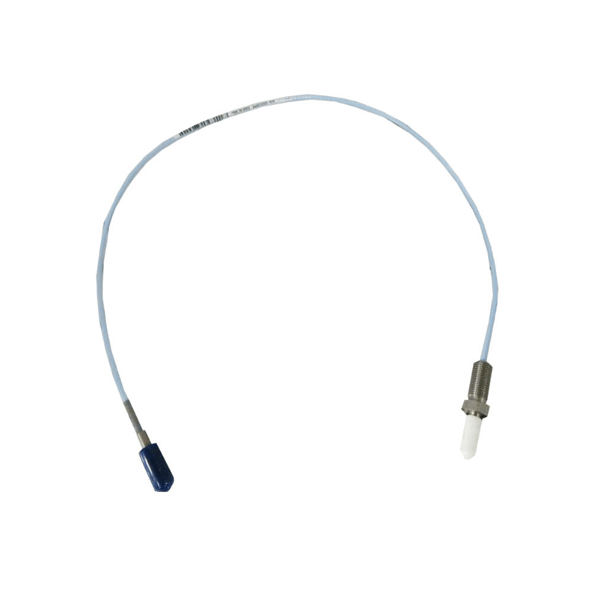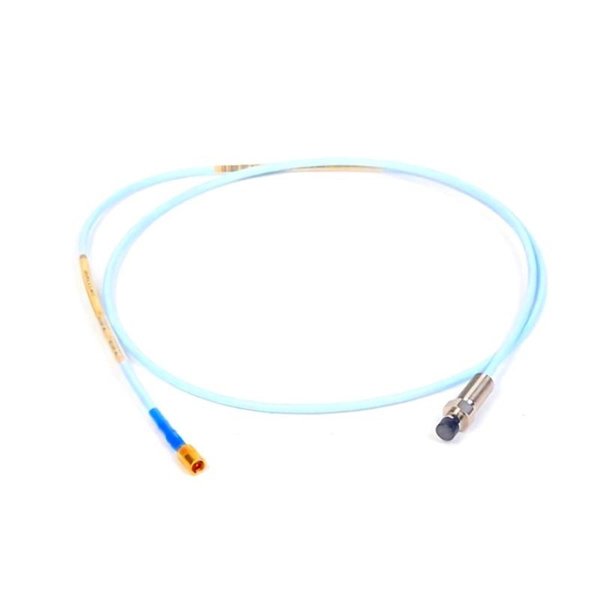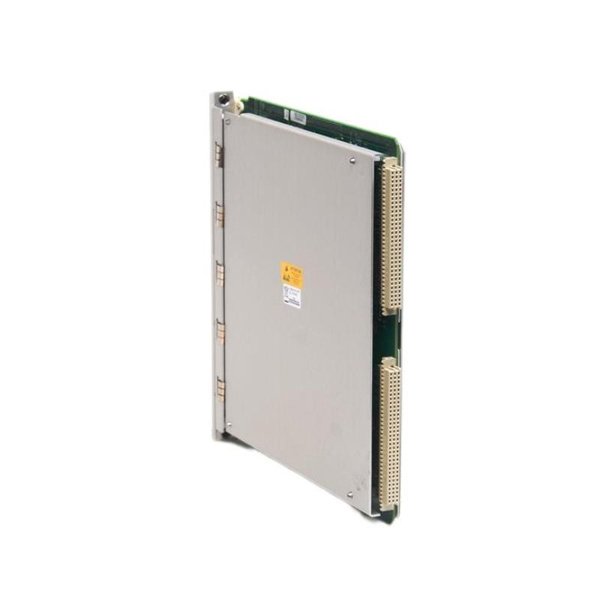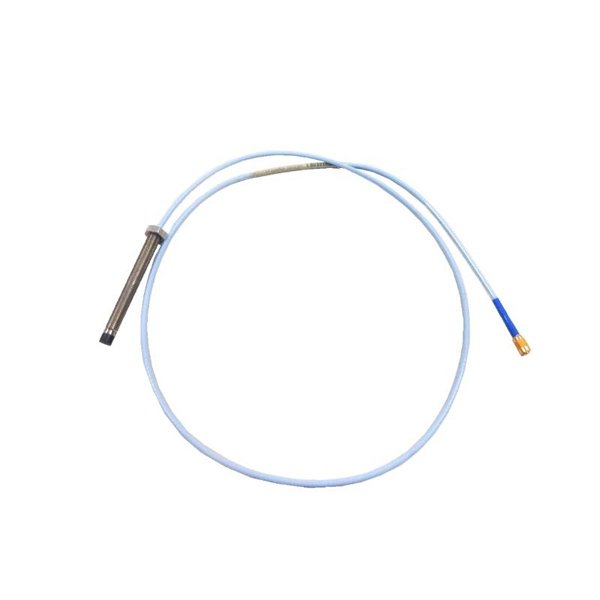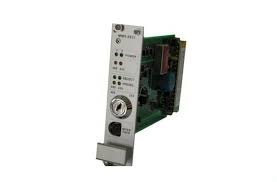For manufacturing supervisors, ensuring seamless production while meeting operational goals is a constant challenge. This is where machine monitoring plays a pivotal role. By providing real-time insights into equipment performance, utilization, and efficiency, machine monitoring empowers teams to make data-driven decisions that keep production running smoothly.
What is Machine Monitoring
Machine monitoring refers to the use of technology to track and analyze the performance of machinery on the production floor. It involves collecting data on metrics like uptime, downtime, productivity, and equipment health, all of which are crucial for optimizing manufacturing operations. Modern machine monitoring systems use sensors, software, and dashboards to deliver real-time data directly to supervisors, providing an overview of how machines are performing and where improvements are needed.
Why is Machine Monitoring Important
Without proper monitoring, identifying performance bottlenecks, inefficiencies, or maintenance needs in your equipment becomes nearly impossible. Machine monitoring addresses these challenges by offering:
Improved Machine Utilization
Machine monitoring helps you identify underutilized equipment or areas of inefficiency. By analyzing machine usage data, supervisors can optimize scheduling, reduce idle time, and boost overall productivity.
Reduced Downtime
Unscheduled downtime can be costly for any manufacturing operation. With machine monitoring, you'll receive alerts on potential failures or issues before they escalate, allowing preventive maintenance to reduce costly interruptions.
Real-Time Production Insights
Access to real-time data enables on-the-spot decisions. Whether it’s adjusting machine settings, reallocating resources, or ramping up production, monitoring tools provide the actionable insights you need to stay ahead.
Enhanced Quality Control
Machine monitoring not only tracks productivity but can also ensure product quality. Detecting inconsistencies in machine performance can help supervisors address issues before they affect final output.
Data-Driven Decision-Making
Gone are the days of guesswork. Machine monitoring provides reliable data that allows supervisors to analyze trends, benchmark performance, and make informed decisions to increase efficiency and profitability.
Maintenance Optimization
With predictive maintenance alerts, supervisors can proactively address maintenance needs, extend machine lifespan and avoiding sudden breakdowns that could disrupt production.
Key Features of a Good Machine Monitoring System
When considering machine monitoring solutions, look for systems that offer:
-
Real-Time Data Collection: Immediate insights into performance.
-
Customizable Dashboards: Tailor data views to suit your needs.
-
Maintenance Alerts: Predictive notifications for better planning.
-
Compatibility with Legacy Equipment: Easy integration with both old and new machines.
-
Scalability: A system that grows with your production needs.
Key Benefits of Machine Monitoring
For supervisors aiming to stay competitive, machine monitoring is no longer optional; it’s essential. By providing enhanced visibility, it ensures that your manufacturing processes are running at peak efficiency, delivering both short-term savings and long-term growth.
Leverage machine monitoring to:
-
Meet production demand faster.
-
Automate data collection from your production machines.
-
Unlock hidden potential within your equipment.
-
Reduce operational costs while ensuring product quality.
-
Run root cause analysis for machine downtime.
Determining the Best Machine Monitoring Solution for Your Plant
Choosing the right machine monitoring solution is a critical step in optimizing your plant's operations. To make an informed decision, consider the following key factors:
Compatibility with Existing Equipment
Ensure the solution integrates seamlessly with the machines and systems currently in use at your facility. Compatibility reduces implementation challenges and eliminates the need for costly equipment upgrades.
Real-Time Data Access
Look for a system that provides real-time data visualization and alerts. This feature enables faster decision-making and proactive responses to potential issues, minimizing downtime.
Scalability
Select a solution that can grow alongside your business. Whether you're adding more machines, expanding production lines, or scaling operations, the system should adapt to your evolving needs.
Ease of Use and Implementation
A good monitoring system is intuitive and easy to deploy. Minimal training requirements and user-friendly interfaces ensure high adoption rates among your team.
Advanced Analytics and Reporting
Opt for a solution that offers in-depth analytics and reporting tools. These capabilities allow you to uncover trends, identify bottlenecks, and make data-driven improvements.
Vendor Support and Reliability
Assess the level of support provided by the vendor, including installation, training, and ongoing assistance. A reliable partner ensures long-term success for your machine monitoring initiative.
By evaluating these criteria, you can select a machine monitoring solution that aligns with your plant’s needs, ultimately driving efficiency, reducing costs, and enhancing overall performance.
